How to grow oregano – for an aromatic addition to your herb garden
This peppery herb is full of flavor and has a delicious scent
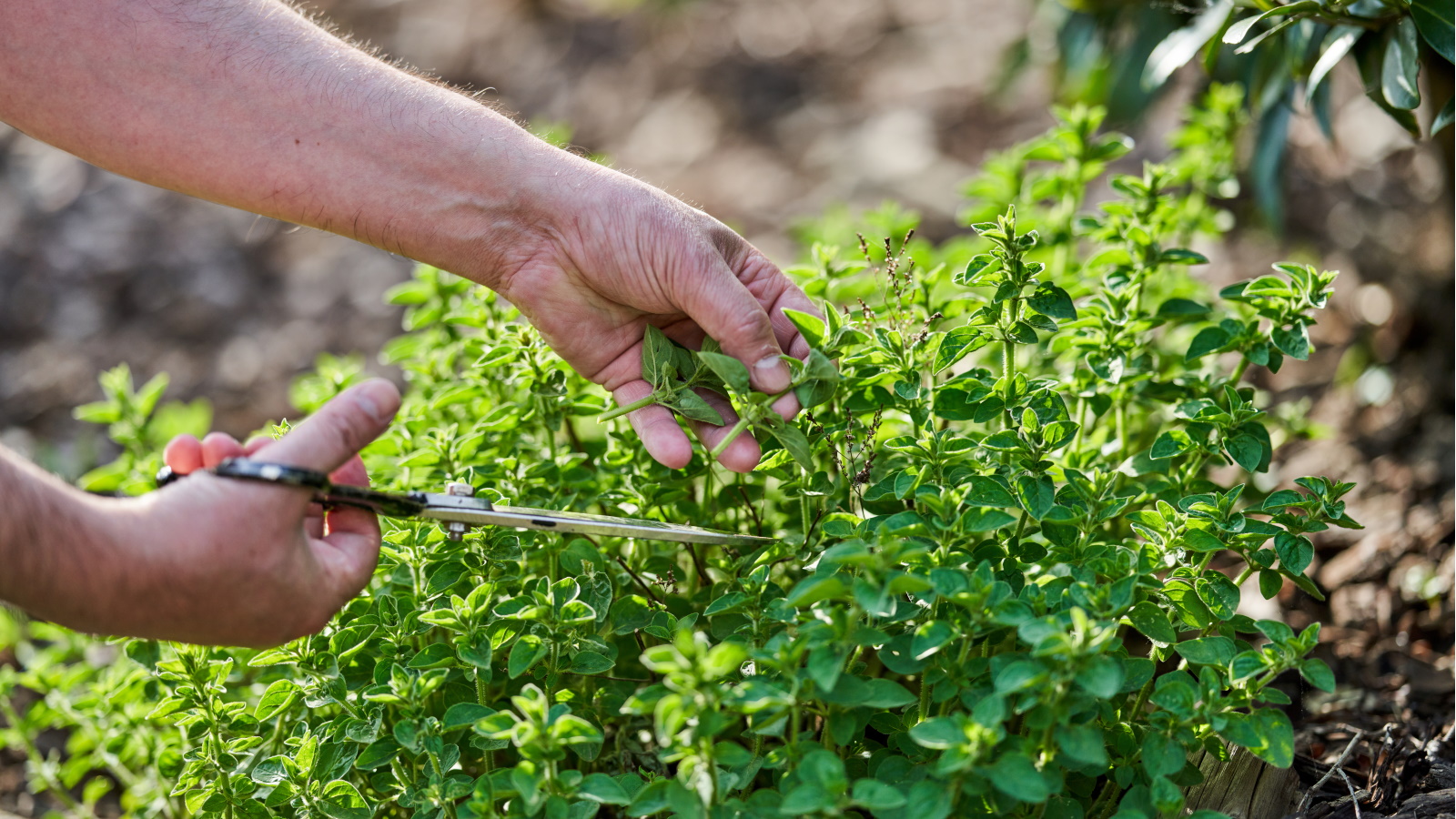

We're spoilt for choice when it comes to creating a herb garden. Whether you're growing herbs indoors or just getting started with herbs in your yard, there are so many wonderful and delicious plants to grow.
Among the best aromatic herbs is oregano, or Origanum vulgare. This bushy, perennial herb is a staple for your herb garden. Oregano has a peppery, bitter taste and a strong smell, often associated with Italian-style cooking, that will fill your kitchen.
It grows up to 30 inches in height and has oval, dark green leaves. It can be easily grown indoors year-round and outdoors during spring in US hardiness zones 4-10. It's perennial and, with proper care, will return the following year.
Oregano is an easy herb to grow and can be ready to harvest in the matter of eight weeks after planting. We've asked experts how to successfully grow this herb in different ways so that you can enjoy its scent and have an abundance of its harvest.
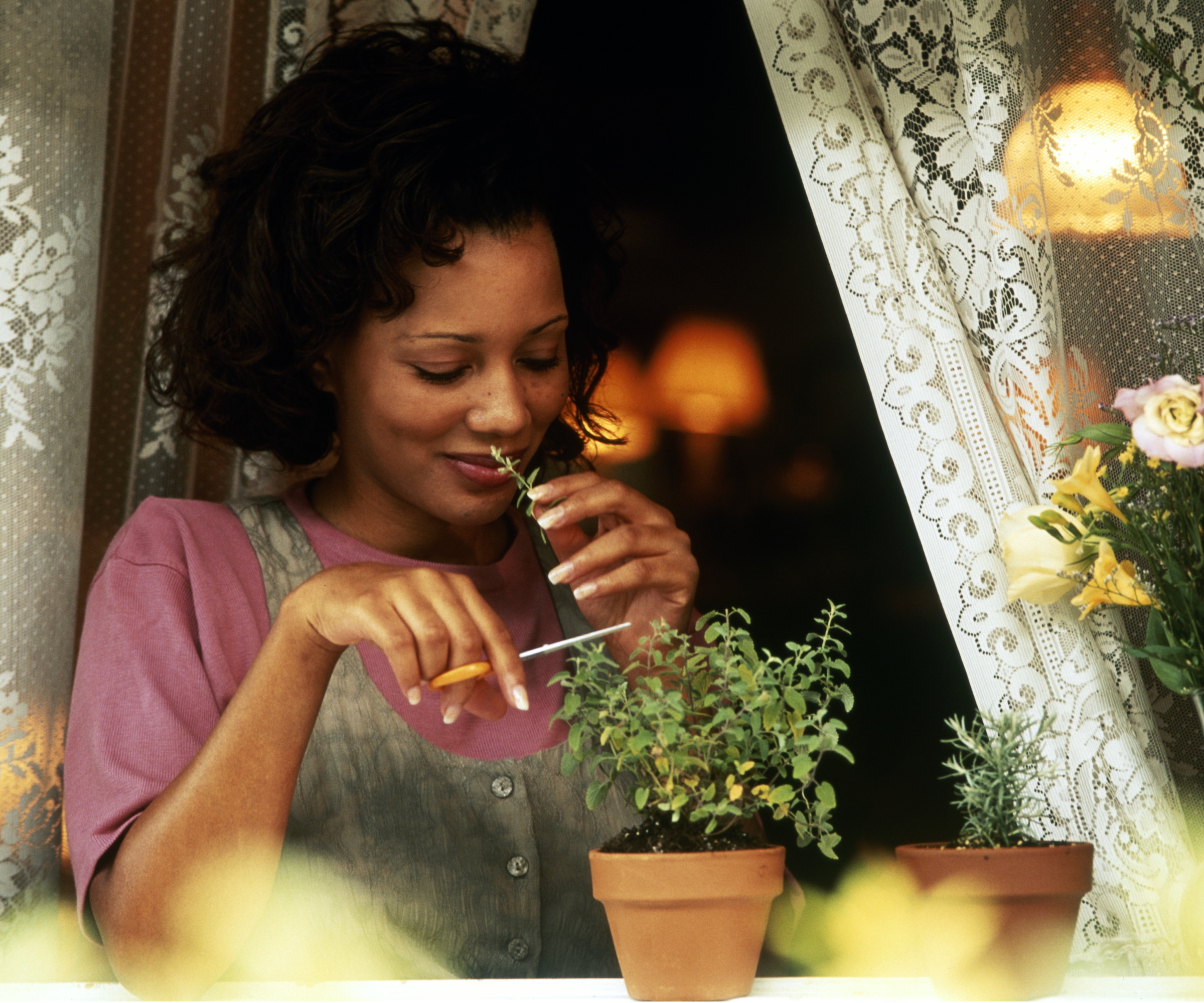
How to grow oregano
Oregano is a staple to have in your herb garden. No matter if you choose to grow it indoors or in your yard, we've compiled expert tips for growing this aromatic herb using different methods.
How to grow oregano from seed
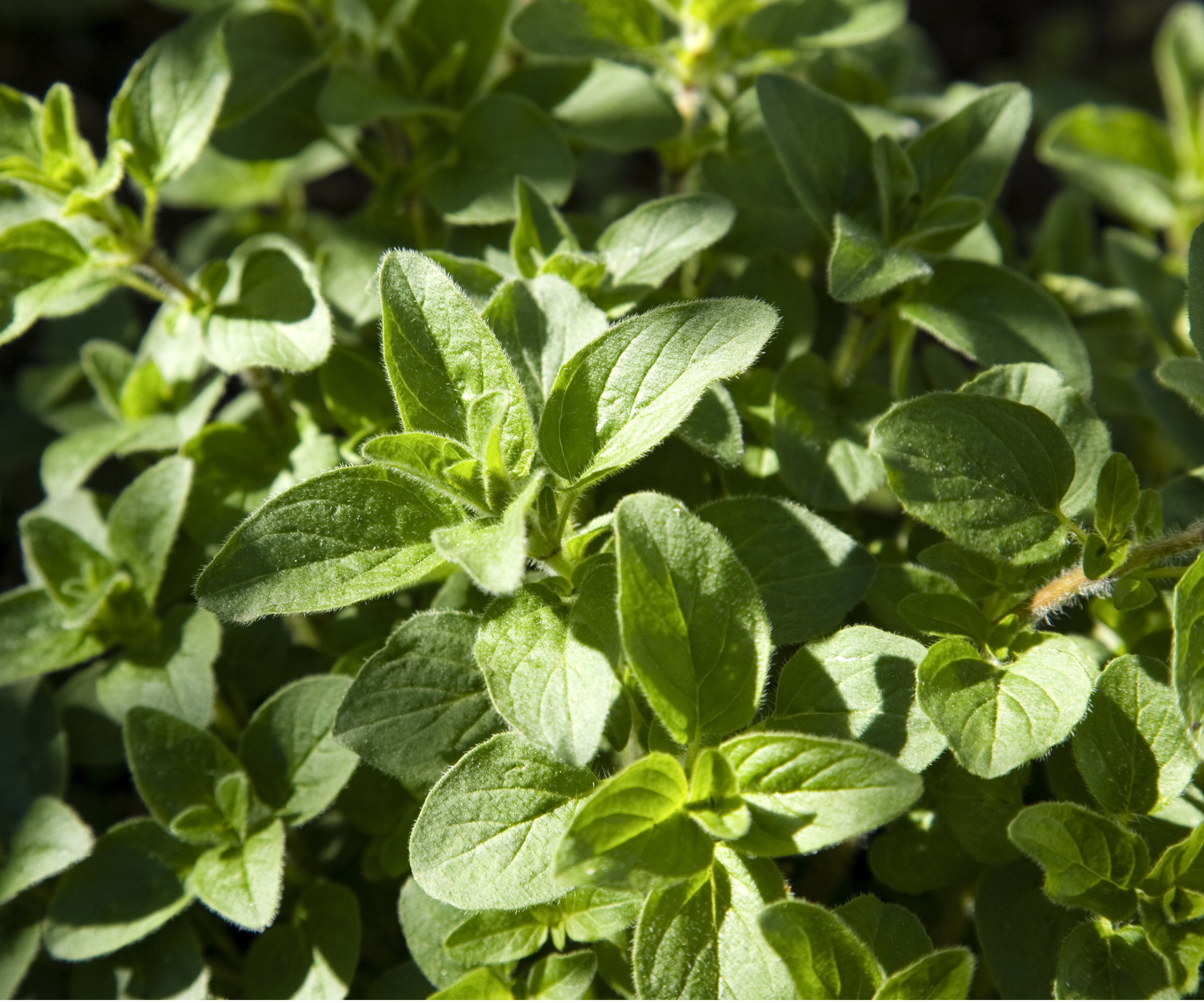
Although not the most popular method, oregano can be gown from seed.
'Oregano is very easy herb to grow from seed and takes about 10 to 14 days to germinate,' says Anna Hackman, organic herb farmer at her farm The Naked Botanical in New Jersey.
Anna suggests doing this in a pot. 'You want to contain it to a pot. It is aggressive and will take over a plot of bed,' she says.
It's wise to sow your seeds indoors and use an indoor growing system, like this heat mat from Amazon, to help provide optimal conditions for the seedlings to develop. Keeping them at a room temperature of around 60°F is ideal.
After a couple of weeks when the seeds have germinated and seedlings have appeared, you can plant up your oregano plant.
'Use a well-draining potting mix to prevent waterlogging,' says Daniel Powers, herbal science expert and organic herb gardener.
A common herb gardening mistake is incorrect watering. It's important to regularly water your oregano, especially when it's still a young plant, however you should take care not to overwater it.
'Allow the soil to dry out between watering sessions to prevent root rot,' says Daniel.
Oregano enjoys full sun exposure, so ensure it receives around six to eight hours of direct sunlight daily.
'Failing to provide enough sunlight can result in leggy plants with weak flavor,' says Daniel.
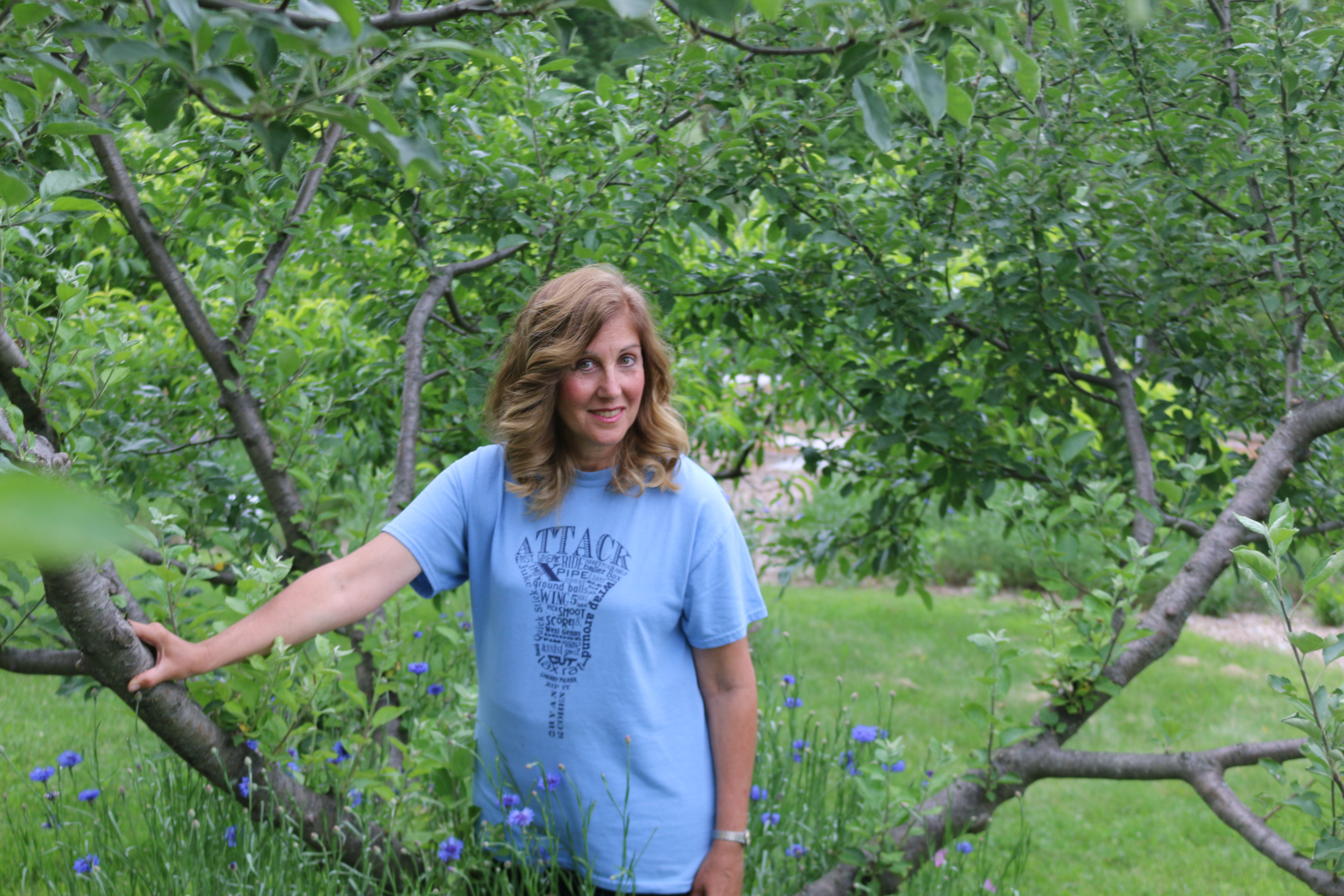
Anna is a certified organic herb farmer in New Jersey who has been growing herbs for 18 years. Her farm is The Naked Botanical where she sells farm products.

Daniel has a Masters in herbal science. He is a topic expert on herbs and lives and gardens on an organic herb farm.
How to grow oregano from cuttings and division
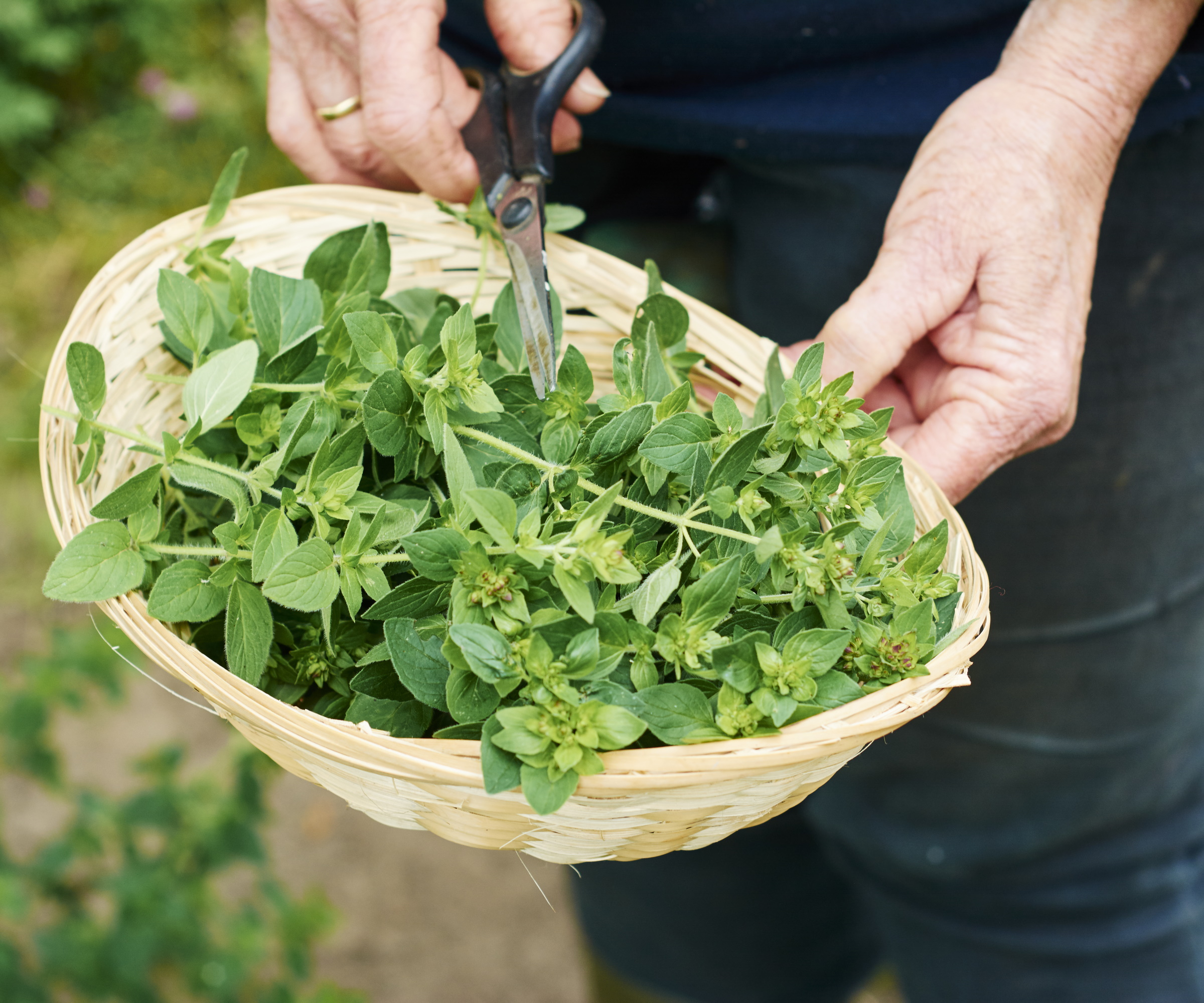
A more popular way to grow oregano is from smaller plants, by taking cuttings and division.
'Oregano is very easy to propagate by simply cutting a six-inch snippet of the plant and planting in potting soil with a plastic bag to create humidity,' says Anna.
Using clean tools so that you don't transfer any bacteria, like these pruning scissors from Bloomscape, you can take cuttings of oregano from a mature plant. You can propagate it in soil but it is also possible to root it in water.
It should take around two weeks for roots to appear from the cuttings and you can then pot it up as you would with seedlings. Again, it's important to provide plenty of light, warmth and water to encourage growth.
You can likewise divide oregano to create more plants. Simply divide clumps using tools like this garden fork from Amazon, and plant up the divisions.
You may also choose to use fertilizer to boost the growth of your young oregano plants, but be careful to not over-feed them. 'Over-fertilizing can lead to lush foliage with diminished flavor. Oregano grows best in moderate to low fertility soil,' says Daniel.
How to grow oregano indoors
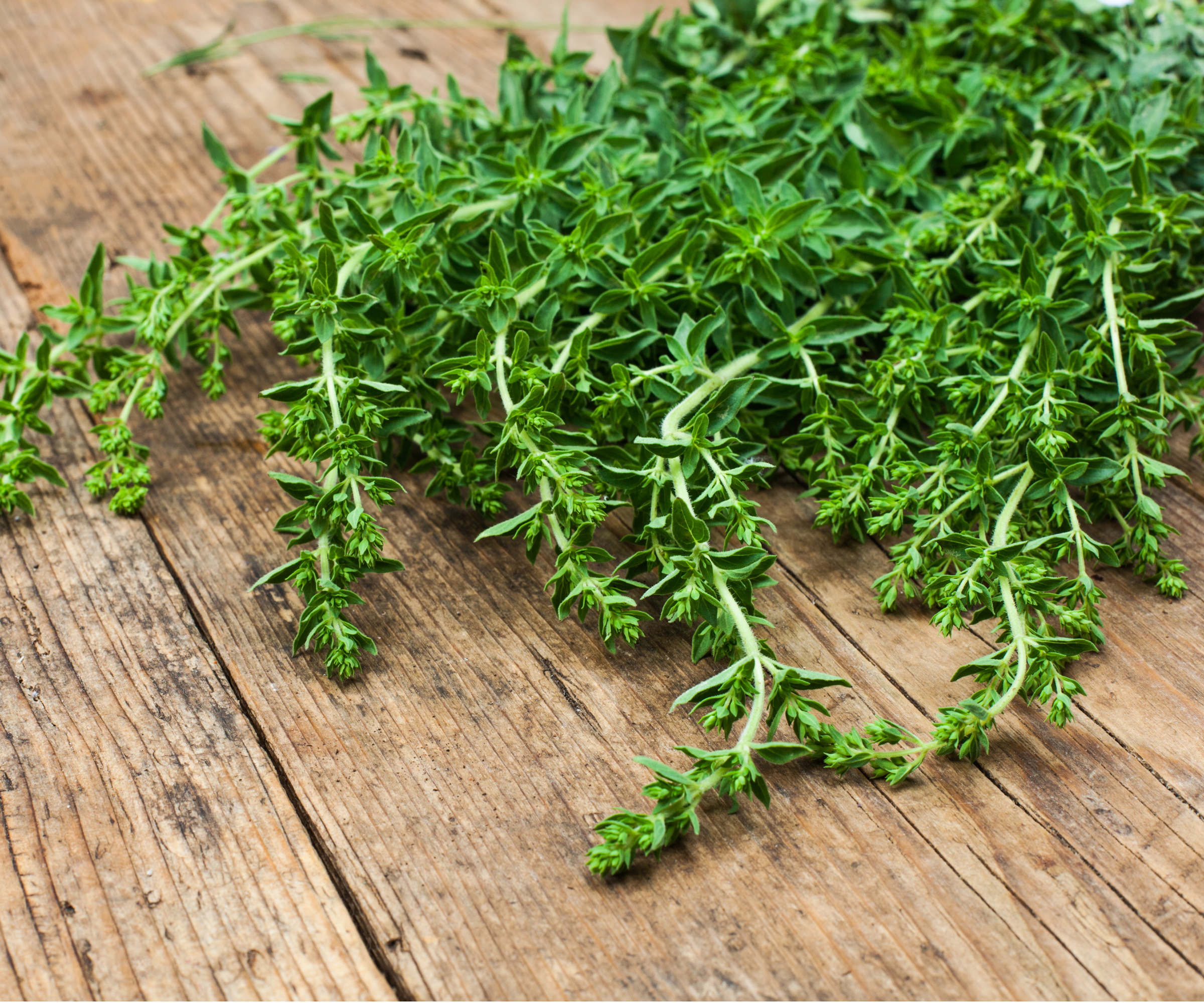
It's easy to grow oregano indoors to add it to your indoor herb garden.
'Place it in a window that receives ample sunlight, ideally a south-facing window,' says Daniel.
It's also important to use a container with drainage holes to ensure your oregano doesn't become too saturated. There are lots of herb planters available that help with this, like these window pots with drainage trays from Amazon.
Make sure to also keep your oregano at a room temperature of 60°F to keep it thriving for longer.
'Regular pruning or harvesting encourages bushier growth and prevents the plant from becoming woody,' Daniel adds.
While growing oregano indoors is easy and convenient for growing in your kitchen where you will use it, Anna notes that it is also a great resource for wildlife in your yard. 'Oregano is a great pollinating plants for the bees and other insects,' she says.
FAQs
How do you harvest oregano?
Your oregano plant will be ready to harvest within a couple of months of planting. Simply snip off shoots with scissors and strip the leaves off for use. If you are growing oregano in your yard, it will be ready to harvest during late spring and summer. Indoors, you can keep oregano productive during colder months and it can be harvested throughout the year, especially if you cut oregano so it keeps growing.
Does oregano grow back every year?
Oregano, or Origanum vulgare, is a perennial herb that will grow back each year. To encourage regrowth, give your oregano plant plenty of direct sunlight, warmth and consistent moisture levels.
Does oregano grow well in pots?
Yes, oregano grows excellently in pots. It can spread quickly and takeover your herb garden if you aren't careful. Growing oregano in containers is a great way to keep it controlled. You can also regularly prune and harvest shoots to contain it. Growing oregano in pots also provides mobility for you to move it indoors.
If you want to grow a herb full of flavor and scent, oregano is a great choice. It's easy to grow both indoors and outdoors and its aromatic smell makes it a wonderful addition to your herb garden. It's strong scent can also act as a repellent to pests, so it can be an effective companion plant in a vegetable garden.
Sign up to the Homes & Gardens newsletter
Design expertise in your inbox – from inspiring decorating ideas and beautiful celebrity homes to practical gardening advice and shopping round-ups.

Tenielle is a Gardens News Writer at Homes & Gardens. She holds a qualification in MA Magazine Journalism and has over six years of journalistic experience. Before coming to Homes & Gardens, Tenielle was in the editorial department at the Royal Horticultural Society and worked on The Garden magazine. As our in-house houseplant expert, Tenielle writes on a range of solutions to houseplant problems, as well as other 'how to' guides, inspiring garden projects, and the latest gardening news. When she isn't writing, Tenielle can be found propagating her ever-growing collection of indoor plants, helping others overcome common houseplant pests and diseases, volunteering at a local gardening club, and attending gardening workshops, like a composting masterclass.
-
 Martha Stewart's intelligent cabinets 'take every inch into consideration' – their 'visually light' style will solve your small kitchen storage problems
Martha Stewart's intelligent cabinets 'take every inch into consideration' – their 'visually light' style will solve your small kitchen storage problems'Every kitchen can be beautiful and functional, no matter what the size': 9 years since sharing her clever storage, Martha's cabinets are just as beautiful
By Megan Slack Published
-
 This once-dated kitchen is now a timeless space with the coziest details – and its the classic color palette that's made it a chic, welcoming space
This once-dated kitchen is now a timeless space with the coziest details – and its the classic color palette that's made it a chic, welcoming spaceWarming colors and natural materials combine to create this enduringly classic kitchen scheme
By Molly Malsom Published